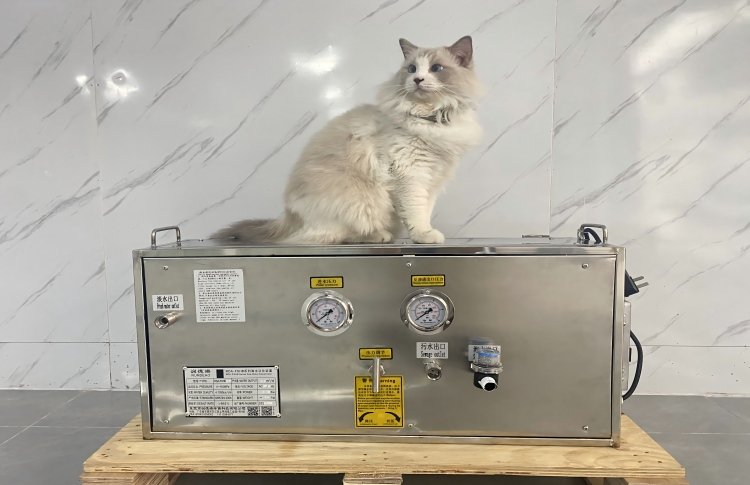La vida en el mar es fascinante, Pero el agua dulce siempre es limitada. Los barcos modernos solucionan este problema con pequeños sistemas de desalinización de agua de mar. Estos dispositivos compactos transforman el agua de mar salada en agua dulce potable. Comprender cómo operan muestra tanto su brillantez en ingeniería como su necesidad para la vida marítima..
Por qué es importante la desalinización en el mar
Los barcos no pueden transportar agua dulce ilimitada. El almacenamiento ocupa espacio, agrega peso, y es caro para viajes largos. La desalinización resuelve este desafío produciendo agua directamente del océano. Con sistemas a bordo fiables, Tripulaciones y pasajeros disfrutan de agua potable para beber., cocinando, y limpieza.
Principio de funcionamiento básico: Ósmosis inversa
La tecnología clave detrás de la desalinización marina es ósmosis inversa (RO). Normalmente, La ósmosis mueve el agua a través de una membrana desde una solución menos salada a una más salada.. La ósmosis inversa invierte este proceso. Al aplicar presión, El agua de mar pasa a través de una membrana semipermeable.. La sal y las impurezas se quedan atrás., mientras pasa agua pura.
Proceso paso a paso
-
Consumo & Prefiltración
El agua de mar cruda ingresa al sistema.. Antes de la presurización, pasa por filtros de precisión (acerca de 5 µm) para quitar arena, algas, y otras partículas. -
Bombeo de alta presión
Una bomba de alta presión de acero inoxidable aumenta la presión., a menudo hasta 1000 psi, para superar la presión osmótica natural. -
Membranas de ósmosis inversa
El corazón del sistema. Las membranas tipo 2521 utilizadas aquí logran una tasa de desalinización de más de 99%, Garantizar que la producción cumpla con los estándares de agua potable.. -
agua dulce & Separación de salmuera
El sistema divide el flujo en agua dulce y salmuera concentrada.. La salmuera se vierte de nuevo al mar., mientras el agua dulce se almacena para su uso. -
Control & Escucha
medidores de flujo, medidores, y las válvulas de control mantienen un funcionamiento seguro. La automatización ayuda a ajustar la presión y el flujo para una calidad estable.
Datos técnicos clave
Aquí hay algunos parámetros importantes para un 1.5Pequeña desalinización marina T/D unidad:
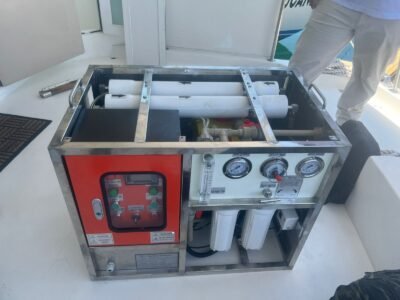
| Parámetro | Valor |
|---|---|
| Salida de agua dulce | 1.5 toneladas/día (a 20 ℃) |
| Salinidad de entrada | ≤ 40,000 PPM |
| Tasa de desalinización | ≥ 99.2% |
| Consumo de energía | ~1,5 kilovatios |
| Tasa de recuperación | ~15% (Depende de la temperatura/calidad del agua.) |
| Salinidad de salida | ≤ 500 mg/l (cumple con el estándar GB5749) |
| Peso | ~80 kilogramos |
| Esperanza de vida | ~15 años |
Este tamaño compacto (aproximadamente 800×500×650 mm) lo hace perfecto para embarcaciones pequeñas y medianas.
Ventajas para uso marino
-
Compacto y ligero: Se adapta a espacios de barco limitados.
-
Eficiencia energética: Bajo consumo de energía (~1,5 kilovatios).
-
Durable: La construcción de acero inoxidable y fibra de vidrio garantiza resistencia a la corrosión..
-
Calidad de agua confiable: Cumple constantemente con los estándares de agua potable..
Pensamientos finales
Los pequeños sistemas de desalinización marina combinan filtración avanzada, bombeo de alta presión, y tecnología de ósmosis inversa. Proporcionan a las tripulaciones seguridad, agua dulce, reducir la dependencia de tanques de almacenamiento voluminosos, y ampliar la resistencia de los barcos en el mar.
Para cualquiera que esté planeando viajes largos, Invertir en un sistema de este tipo no sólo es conveniente: es esencial para la seguridad y la comodidad..

 Membrana MBR
Membrana MBR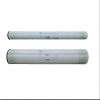 Membrana de ósmosis inversa
Membrana de ósmosis inversa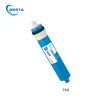 Membrana RO residencial
Membrana RO residencial Membrana UF
Membrana UF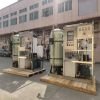 Planta de tratamiento de agua
Planta de tratamiento de agua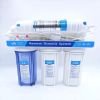 Máquina residencial RO
Máquina residencial RO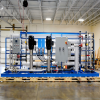 Sistema RO salobre
Sistema RO salobre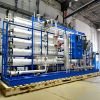 Sistema de agua de mar/planta SW ro
Sistema de agua de mar/planta SW ro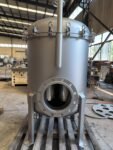 Filtro de bolsa
Filtro de bolsa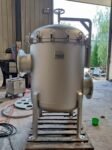 Filtro de cartucho
Filtro de cartucho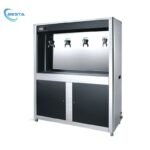 Sistema de filtración de agua comercial
Sistema de filtración de agua comercial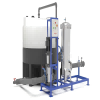 Sistema de limpieza de membrana(Titubear)
Sistema de limpieza de membrana(Titubear)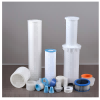 Accesorios de consumo
Accesorios de consumo